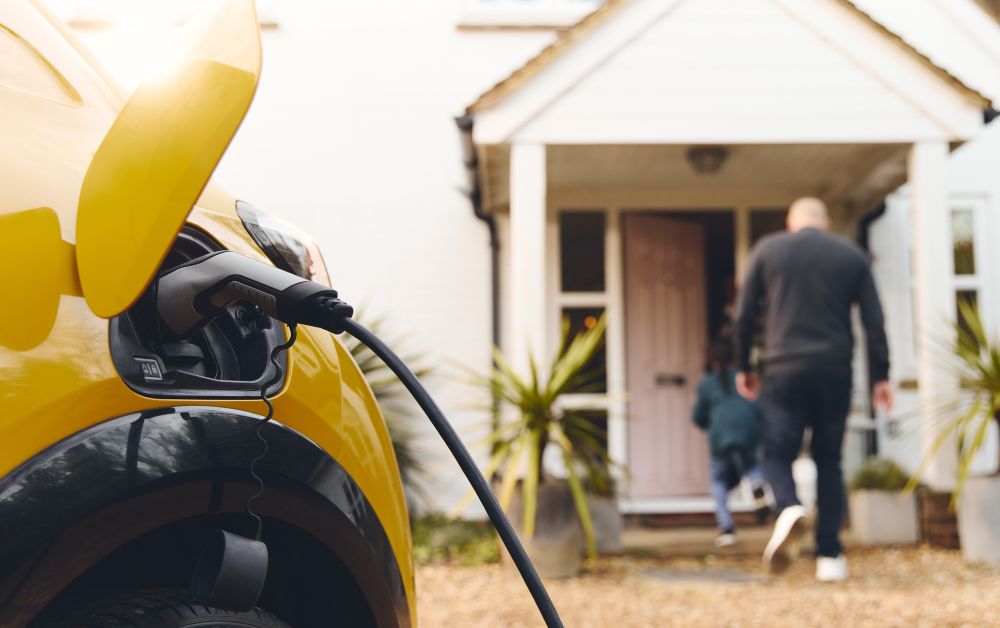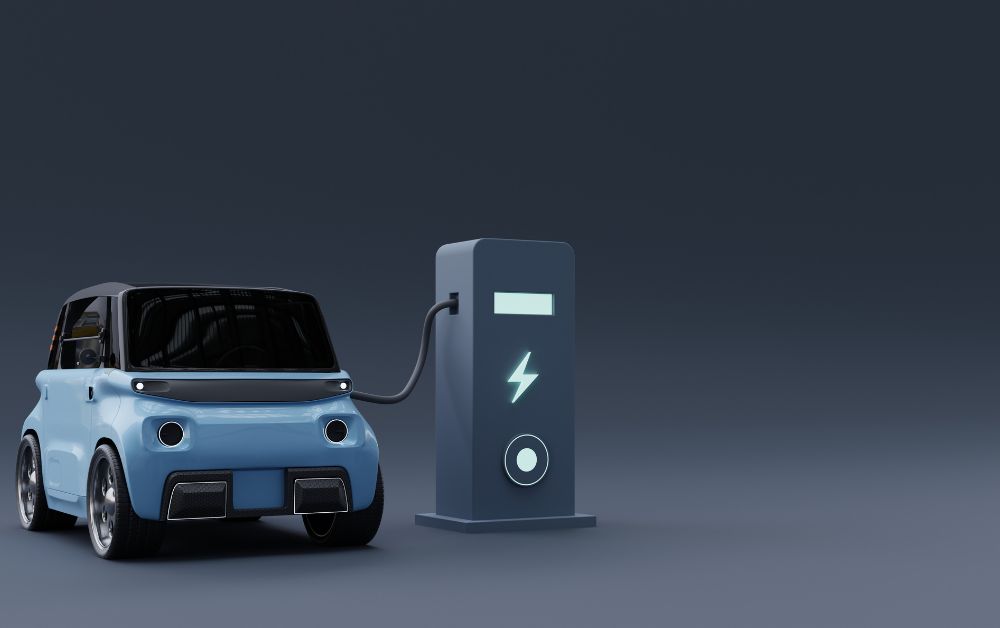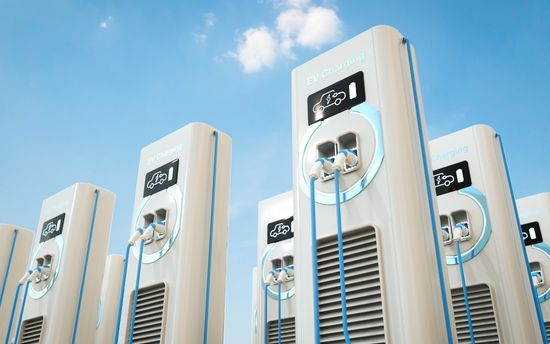Car Home Charging Point: A Comprehensive Guide to Electric Vehicle Charging at Home

In recent years, electric vehicles (EVs) have gained immense popularity due to their eco-friendliness and cost-efficiency. As more people make the switch to electric cars, the need for convenient and efficient charging solutions has become paramount.
One of the most convenient ways to charge your EV at home is through a car home charging point. In this comprehensive guide, we will delve deep into the world of car home charging points, exploring their benefits, installation process, costs, and more.
Why Choose a Car Home Charging Point?
1. Environmental Benefits
One of the primary reasons to opt for a car home charging point is the positive impact on the environment. Charging your EV at home reduces your reliance on fossil fuels and lowers greenhouse gas emissions. When charged with clean energy sources like solar or wind power, your EV becomes an even more eco-friendly transportation choice.
2. Cost Savings
Over time, charging your electric vehicle at home can result in substantial cost savings compared to filling up at gas stations. The cost per mile for electricity is generally lower than the equivalent cost for gasoline, making EVs more economical in the long run.
3. Convenience
Imagine the convenience of waking up every morning to a fully charged EV. With a car home charging point, you can skip the trip to the gas station and charge your vehicle in the comfort of your own home. No more waiting in line or worrying about the availability of charging stations.
What Are The Types of Car Home Charging Points?
1. Level 1 Charging (Standard Household Outlet)
Level 1 charging uses a standard 120-volt household outlet and is the slowest method of charging an electric vehicle. While it’s the most basic option, it’s also the most accessible, as no special equipment is required.
Pros:
- No additional equipment needed
- Suitable for overnight charging
Cons:
- Slow charging speed
- Limited range added per hour
2. Level 2 Charging (240-Volt Outlet)
Level 2 charging utilizes a 240-volt outlet and is the most common choice for home charging. It offers significantly faster charging speeds compared to Level 1, making it ideal for daily EV use.
Pros:
- Faster charging than Level 1
- Versatile and widely compatible
Cons:
- Requires professional installation
- May need electrical upgrades
3. Level 3 Charging (DC Fast Charging)
Level 3, or DC fast charging, is the fastest home charging option available. It uses direct current (DC) and is often used for rapid charging in public charging stations.
Pros:
- Extremely fast charging
- Suitable for long trips
Cons:
- Expensive installation
- Limited compatibility (not all EVs support it)
Choosing the Right Charging Point for Your EV
1. Compatibility
Not all charging points are compatible with every EV model. Before purchasing a charging point, ensure that it is compatible with your vehicle’s make and model.
2. Charging Speed
Consider your daily driving needs. If you have a long commute or frequently use your EV for extended trips, a Level 2 or Level 3 charger may be a better choice for faster charging.
3. Smart Charging Features
Some charging points come with smart features such as remote monitoring, scheduling, and energy management. These can help you optimize your charging process and reduce energy costs.
Installation Process
1. Professional Installation vs. DIY
While some Level 1 chargers can be plugged into a standard outlet without professional help, Level 2 and Level 3 chargers typically require a licensed electrician for safe and compliant installation.
2. Electrical Requirements
Installing a Level 2 or Level 3 charging point may necessitate electrical upgrades to your home’s wiring and circuitry. An electrician will assess your home’s electrical capacity to ensure a safe installation.
3. Permits and Regulations
Depending on your location, you may need permits and adhere to local regulations for the installation of a car home charging point. Check with your local authorities to ensure compliance.
Cost of Installing a Car Home Charging Point
1. Equipment Costs
The cost of the charging equipment itself varies based on the charger type, brand, and additional features. Level 1 chargers are the most affordable, while Level 3 chargers can be quite expensive.
2. Installation Costs
Installation costs can vary widely depending on the complexity of the installation, electrical upgrades, and labor fees. On average, installation costs can range from a few hundred to a few thousand dollars.
3. Government Incentives
Many governments offer incentives and rebates to encourage the installation of car home charging points. These incentives can help offset the initial costs of installation.
How To Maintain Your Car Home Charging Point?
1. Cleaning and Inspection
Regularly clean the charging connector and inspect cables for signs of wear or damage. Keeping your charging point clean and well-maintained ensures optimal performance.
2. Software Updates
Some charging points come with software that may require periodic updates. Stay informed about any updates from the manufacturer to ensure your charger’s efficiency.
3. Repairs and Troubleshooting
In case of malfunctions or issues with your charging point, contact the manufacturer or a qualified technician for repairs. Avoid attempting DIY repairs to ensure safety.
Tips for Efficient Home Charging
1. Charge During Off-Peak Hours
To save on electricity costs, consider charging your EV during off-peak hours when electricity rates are typically lower.
2. Maintain the Right Temperature
Extreme temperatures can affect charging efficiency. Try to charge your EV in a moderate temperature environment to optimize battery performance.
3. Charge to Your Needs
Avoid always charging your battery to 100%. For daily use, charging to 80% or 90% can prolong battery life. Reserve 100% charging for long trips.
What Is The Future of Home Charging?
1. Wireless Charging
Wireless charging technology is emerging, allowing you to charge your EV without physical connections. This technology promises added convenience for home charging.
2. Renewable Energy Integration
Integrating renewable energy sources like solar panels with your home charging system can further reduce your carbon footprint and energy costs.
3. Home Energy Management Systems
Future home charging solutions may integrate with smart home energy management systems, allowing you to optimize energy usage and reduce costs.
Conclusion
Investing in a car home charging point is a wise decision for EV owners, offering environmental benefits, cost savings, and unmatched convenience. By understanding the types of chargers, installation processes, costs, and maintenance requirements, you can make an informed choice and enjoy worry-free EV charging at home.
As technology advances, the future of home charging promises even greater efficiency and sustainability, making electric vehicles an increasingly attractive option for environmentally-conscious consumers. Make the switch to home charging today and contribute to a greener, more sustainable future on the road.
Related Articles

Unveiling the Speed Demons: Which EV Charger Is the Fastest?
In the realm of electric vehicles (EVs), speed is no longer confined to the roads alone. With the rapid evolution of EV charging technology, the race is on to develop the fastest chargers that can power up your electric ride in record time. As the demand for efficient charging solutions grows, the question on every EV enthusiast’s mind is: Which EV charger is the fastest?

Electric Vehicle Myths Debunked: Separating Fact from Fiction
As technology continues to evolve and infrastructure improves, the future of electric mobility looks brighter than ever. Let’s dispel the myths and embrace the electrifying potential of EVs for a cleaner, greener tomorrow.

Unveiling the Mechanics: How Electric Car Transmission Works
While many are familiar with the basics of electric cars, understanding the intricacies of their transmission systems remains a mystery to most. So, let’s delve into the heart of the matter and uncover the mechanics of how electric car transmission works.

Unveiling the Dodge Electric Muscle Car: Release Date Announced!
The impending arrival of an electric muscle car from Dodge has stirred up a storm of debate and anticipation within the automotive community. The very notion of an “electric muscle car” has sparked intense discussions, with some purists questioning its authenticity while others see it as a promising evolution of the genre.




